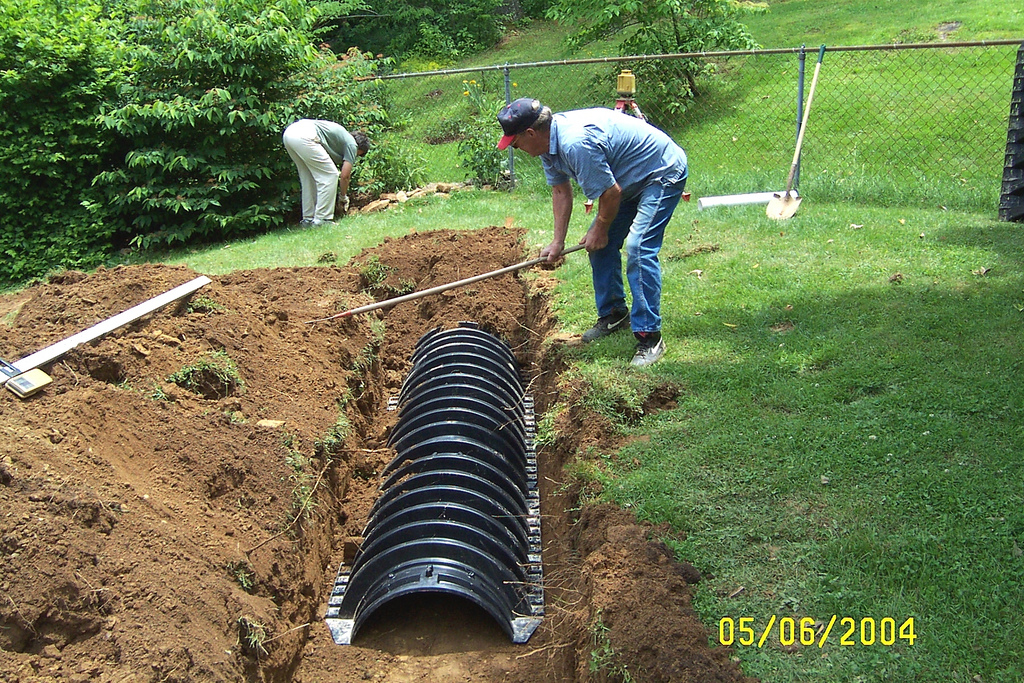Emergency Plumbing and Septic Service in Garland, UT
Call 844-290-7880 for Emergency Septic Tank Pumping in Garland, Utah
Get a FREE no obligation quote from our Garland, Utah septic tank professionals now!

Improve Your Septic Systems Efficiency
Slow drains are not just inconvenient, they are telling you that you might need your septic tank pumped.Get Rid of the Foul Odor
Can you smell sewage? That can be an indicator how full your septic tank is.Nasty Sewage Backup?
No one wants to see sewage backing up into their sinks, bathtubs or toilets, but an overly-full septic tank causes this to happen.Role of Bacteria and Enzymes in Septic Tank Systems A septic tank is an enclosed container manufactured from concrete, fiberglass or plastic and is buried in the yard. Sewage and grey water from the house flow through sewer pipes into the tank where bacteria break down raw sewage into sludge and water, the water outflowing into a gravel soakaway. Septic tanks are used to treat sewage and grey water from houses which are not connected to the main sewage system. The main sewage and greywater from the house is fed into the septic tank where natural bacteria break down the solids. The solids fall to the bottom of the tank forming sewage sludge, leaving a water and sludge residue that after further treatment, is discharged into a soakaway in the soil. This is an article on domestic septic tanks; here we will examine their operation and formation of natural bacteria, moving onto the use of manufactured bacteria and enzymes. A septic tank can be supplied in many different forms, being manufactured from various materials such as square concrete blocks or bulbous fiberglass ones. Installation consists of digging a large hole in the yard and inserting or building a tank in the excavation. Clay fired or plastic pipe carries the greywater and sewage to the septic tank inlet, the pipe having a slight downward incline towards the tank. It is important to get this incline right; too much and the water will run away, leaving the solids in the line, too little an incline and the pipe will become clogged. The water and sewage flow through the sewer pipe into the tank and the treated water discharges from the other side of the tank, both being about 3/4 way up the tank. An area is formed above and between the inlet and outlet pipes by two vertical segments that gathers the foam and scum, and several access manways are provided at the top of the tank for inspection and emptying the tank. eval(ez_write_tag([[580,400],'brighthubengineering_com-netboard-1'])); The sewage and greywater are subjected to natural bacteria treatment; the settle-able solids falling to the bottom of the tank forming a layer of sewage and solids sludge. The water and solids solution undergoes further bacteriological treatment, where oils and grease are removed and this forms a scum at the top of the tank. The remaining treated middle layer of effluent exits the septic tank into a soakaway of small chips or stones. The soakaway can run the under the soil the length of the yard in a "herring-bone" shape to maximize the distribution of the wastewater. Reference Web: lampreyseptic - septic tank maintenance. Enzymes and bacteria perform two different but essential functions; An enzyme is made up of amino acids and being a catalyst speeds up a chemical reaction. In the septic tank are responsible for the removal of oil and grease, which would otherwise be discharged into the soakaway eventually building up between the stone chips and inhibiting drainage into the soil. The bacterium is produced from the raw sewage in anaerobic conditions inside the septic tank, and is fundamental to the operation of the system. It breaks down the raw sewage, whilst further treating the residual water before it is discharged to the soakaway. Septic tanks breed their own enzymes, decomposers, facultative and anaerobic bacteria. As soon as the sewage is fed to the tank from the house this process is initiated. If the system is operating correctly and the use of disinfectants and detergents are curbed, with the tank pumped out every two-three years, this will eliminate the need to add synthetic bacteria or enzymes to boost these natural anaerobic ones. Some types of additives have been said to kill-off the good bacteria and enzymes, especially acid based ones such as hydrogen peroxide which along with reducing the tanks efficiency, contaminate the soil and block the soakaway. However there are biological and enzyme additives on the market that combined with surfactants and nutrients. Their manufacturers have reported success in enhancing the septic tank operation, without inhibiting natural biograding, but to date research has not verified any noteworthy achievements. Reference Webs: 1. inspectapedia - use of enzymes and bacteria additives in septic tanks. 2. epagov - onsite wastewater treatment.
We are available in Garland, UT 24 hours a day, 7 days a week. Call us at 844-290-7880 for fast easy service.
Previous Next
More cities we serve
Emergency Plumbing and Septic Service in Clarkston, UT
Emergency Plumbing and Septic Service in Axtell, UT
Emergency Plumbing and Septic Service in Fountain Green, UT